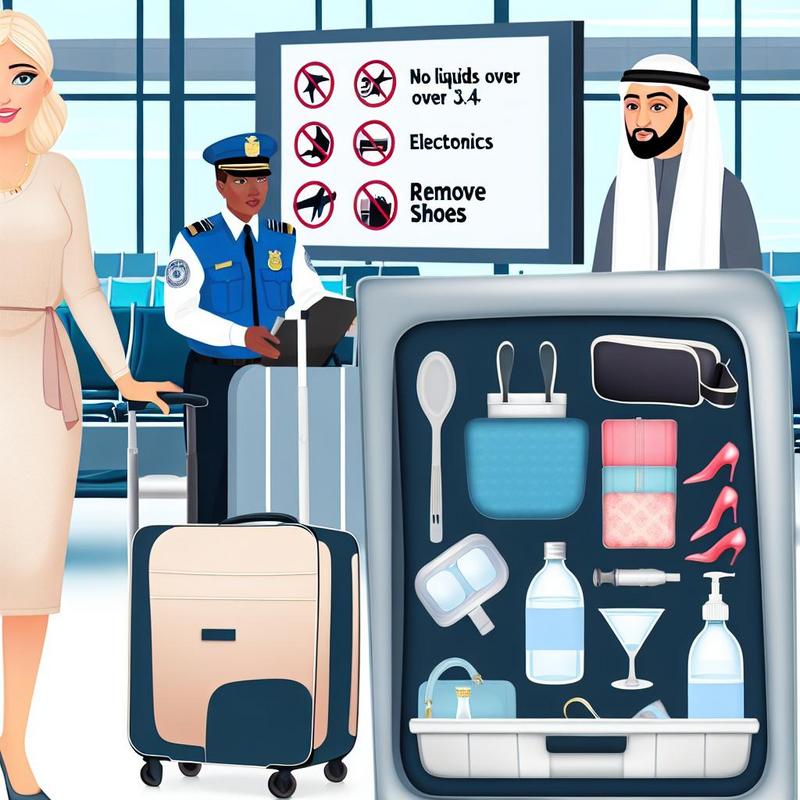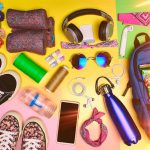As a travel enthusiast, there’s nothing worse than feeling the excitement of vacation only to be bogged down by unexpected hassles at the airport. One of the most significant contributors to travel stress is navigating the security checkpoints managed by the Transportation Security Administration (TSA). Thankfully, with a little preparation and an understanding of common pitfalls, you can breeze through airport security and begin your adventure with ease. In this guide, we’ll cover essential tips for hassle-free travel packing while avoiding common TSA mistakes.
Understanding TSA Regulations
First and foremost, it’s crucial to familiarize yourself with TSA regulations regarding what you can and cannot bring aboard. Knowledge is power, especially when it comes to flying!
1. Liquid Restrictions
One of the most frequently made mistakes revolves around the transportation of liquids. TSA enforces the “3-1-1 rule,” which states:
- 3.4 ounces (100 milliliters) or less: Each liquid must be in a container that holds no more than 3.4 ounces.
- 1 quart-sized bag: All liquids should be placed in a single, clear, quart-sized bag.
- 1 bag per person: Each traveler is allowed one bag.
To avoid the headache of having your liquids confiscated, be sure to pack compliant items in an easily accessible section of your luggage.
2. Know Your Prohibited Items
It’s astonishing how many travelers forget to check the list of prohibited items before heading to the airport. Items like:
- Sharp objects (such as knives and scissors)
- Sporting goods (like baseball bats and golf clubs)
- Self-defense items (such as pepper spray)
can lead to significant delays, confusion, and even confiscation. Always review the TSA’s prohibited items list before your trip to ensure your packing aligns with regulations.
Proper Packing Strategies
Now that we understand the basic rules, let’s dive into effective packing strategies that can save you time and stress at security checkpoints.
3. Use Packing Cubes
Packing cubes can be a game changer when it comes to organization. By compartmentalizing your luggage, not only does it make it easier to find your essentials, but it can also help you swiftly navigate TSA checks. By having your clothes and personal items neatly packed, the TSA agents will have an easier time inspecting your bag if needed.
4. Wear Appropriate Clothing
What you wear to the airport can drastically affect your speed through security. Consider the following:
- Wear shoes that are easy to remove: Slip-ons or sandals can save time.
- Avoid excessive layers: While a jacket is appropriate depending on the season, be mindful of wearing too many layers that you’ll have to take off during screening.
- Keep metal accessories to a minimum: Items such as belts and jewelry can slow you down during the security screening process.
Smart Gadget Use
In today’s tech-oriented world, we rely heavily on our gadgets for travel. However, they can also add complexity when passing through TSA checks.
5. Organize Your Electronics
Keep your electronics organized and easily accessible, especially larger devices like laptops and tablets. Place them in a designated section of your bag to expedite the ??screening process. Remember, in most cases, laptops need to be removed from the bag and placed in a separate bin during security checks.
6. Use Mobile Boarding Passes
Instead of fumbling with paper boarding passes, consider using mobile boarding passes on your smartphone. Not only does it reduce the risk of losing a paper pass, but it also speeds up the check-in process. Just be sure your phone is charged and ready to go!
Stay Informed and Prepared
7. Check Flight Status
Stay updated with your flight status by downloading your airline’s mobile app or using travel apps. This way, if there are any changes, you can prepare accordingly. Pro tip: carry a backup charger for your mobile devices to ensure you stay connected, even during layovers.
8. Arrive Early
One of the best ways to avoid TSA headaches is simply to allow enough time for security checks at the airport. Aim to arrive:
- At least two hours early for domestic flights
- At least three hours early for international flights
This gives you ample time to navigate the lines and allows for any unexpected delays like longer security checks or terminal changes.
Conclusion
Traveling should be a wonderful experience filled with excitement and adventure, not laden with stress and frustration. By understanding TSA regulations, utilizing efficient packing strategies, and arriving prepared, you can greatly minimize the potential pitfalls at airport security. Remember, the key to hassle-free travel packing is to anticipate challenges and plan accordingly. Happy travels!
Do you have any personal TSA tips or stories to share? Comment below!


